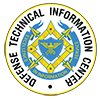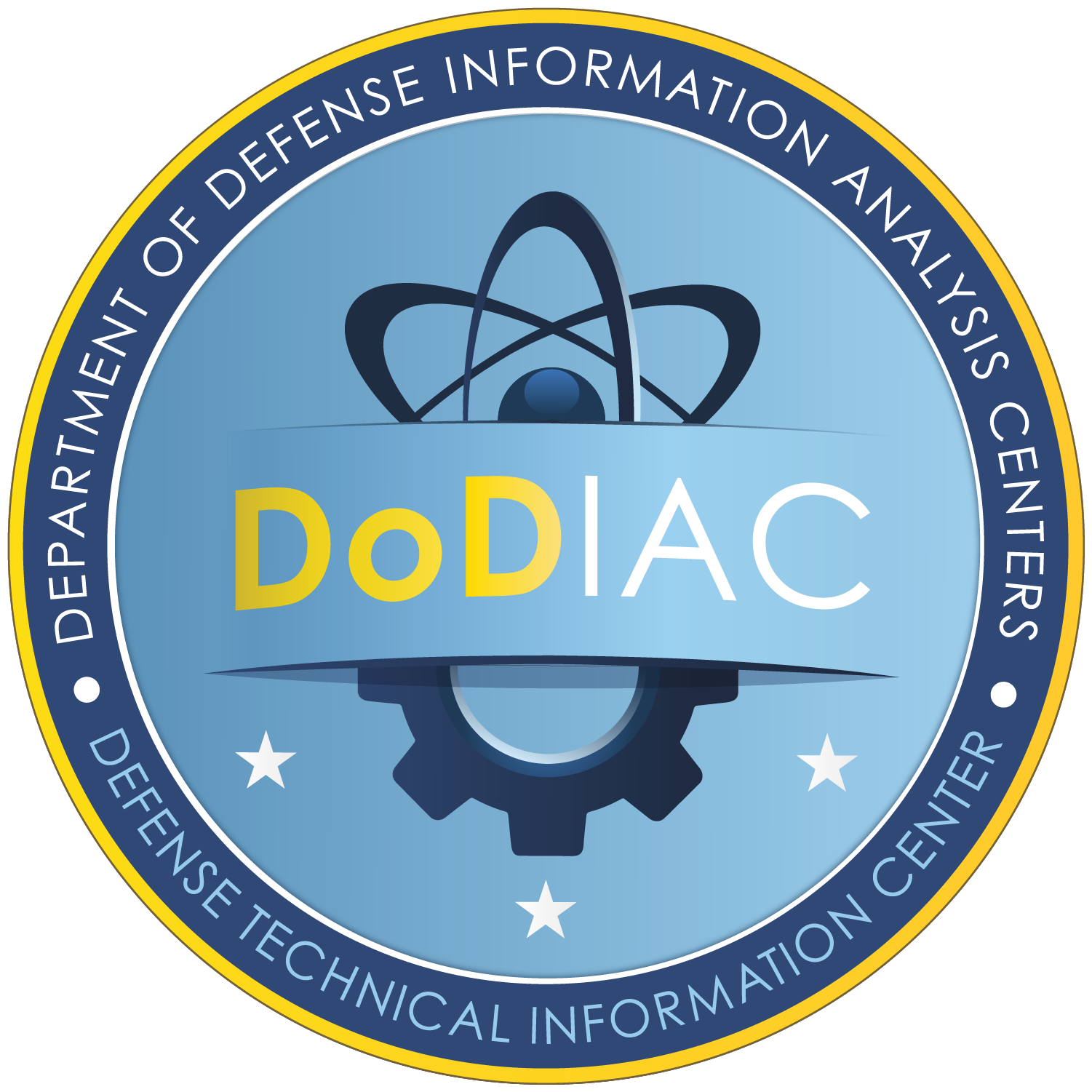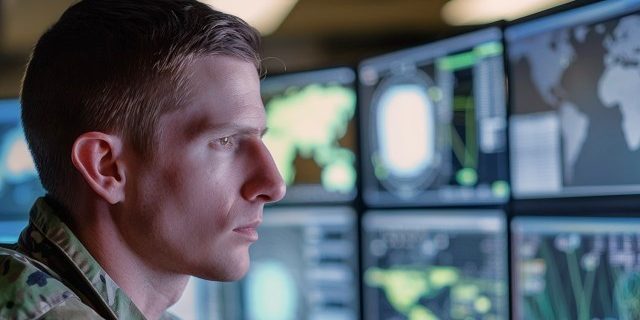Paul Revere determined which route to ride using lantern signals – one lamp signal if the British took the land route, two if they went by water. During the Civil War, aeronautics experts started experimenting with hot air balloons to provide situational awareness. Today, our modern systems, which help monitor and secure our borders, must rely on more sophisticated methods to alert to danger at the kind of speed Artificial Intelligence (AI) can deliver.
S&T has several research and development efforts underway to lead this charge. These advancements are already achieving success in identifying and flagging suspicious activity on land, air, and sea. Others in development harbor the promise of augmenting human-based sensory abilities to enable the Department of Homeland Security (DHS), its component agencies, and first responders on the front lines to avert danger and respond to threats.
One of S&T’s greatest successes in this arena so far is Kestrel, a Cloud-based analytics system that augments existing DHS systems by leveraging AI. Kestrel identifies and integrates sensor data and applies AI and machine-learning analytics and predictive threat modeling to allow operators to evaluate all air and maritime tracks and make more timely decisions.


